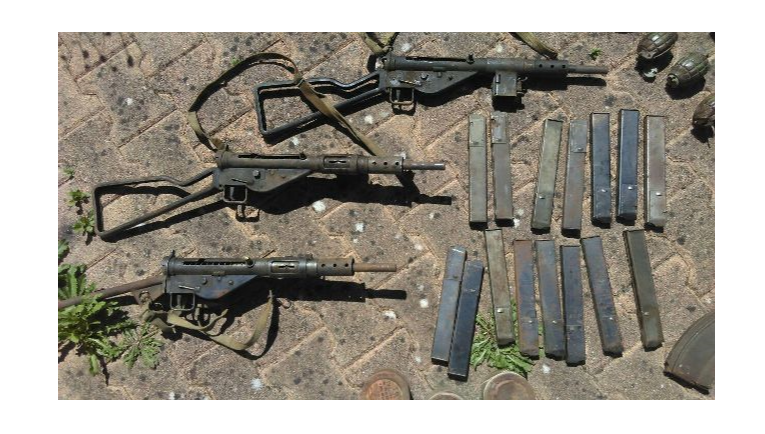A couple who were remodeling their home in the Burgundy region of France in 2017 found an unexpected surprise in the walls, a cache of weapons that were most likely hidden by the French Resistance during World War II had been squirrelled away, probably by the Maquis who had lived on the property at the time.
The cache of weapons consisted of three Sten submachine guns, three pistols, more than a dozen grenades and over a thousand rounds of ammunition. Two of the Stens are engraved with names, one is “Pepette” and the other is “Alice.”
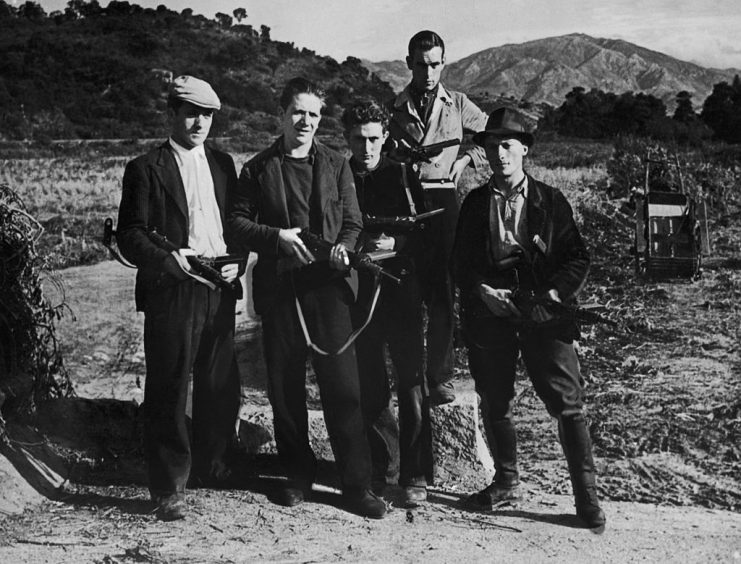
The couple has donated the weapons and ammunition to the local museum which will have them demilled (demilitaized) and displayed in honor of the Maquis.
The identities of the couple have not been made public. Neither has the identities of the original owners of the cache been revealed. Currently, the museum is confirming that the weapons were indeed owned by Maquis although Aurore Callewaert, the curator of the museum, has been able to trace the weapons to a known member of the Resistance.
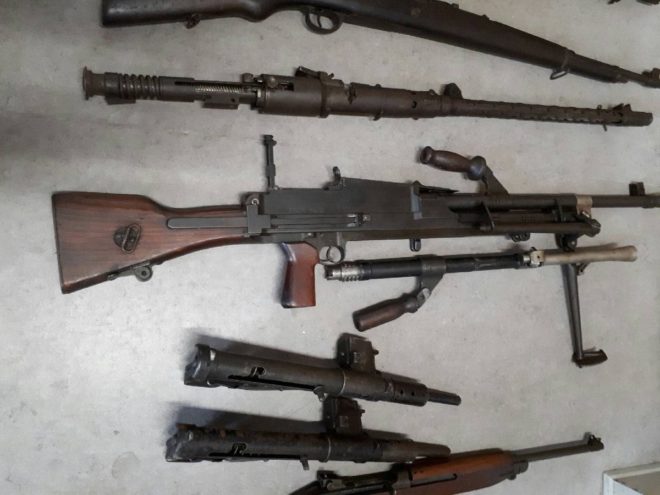
The Museum of the Resistance in Morvan will host the display of the weapons. The museum works to chronicle the work of the Maquis who fought against the Nazi occupiers of France. The museum also serves as a memorial to the Maquis fighters who died for the Resistance.
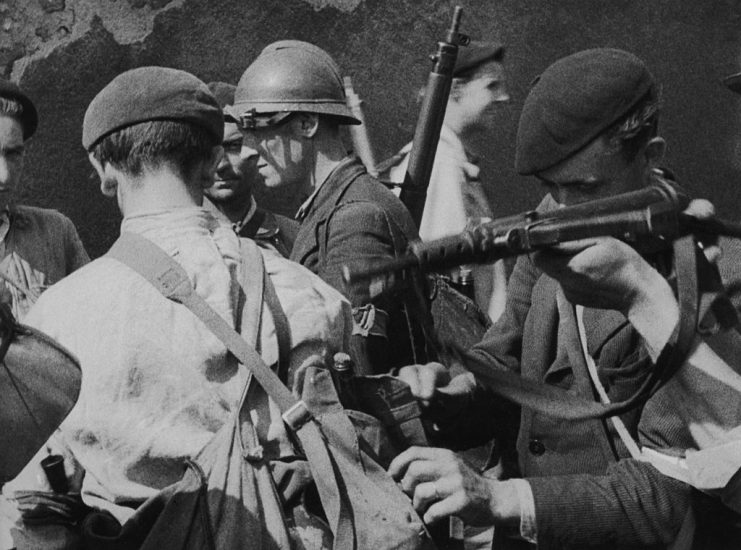
The museum also has maps of the region so that people can visit local historical sights. These include homes of Maquis fighters and the locations of battles and massacres that occurred in Morvan. A cache of weapons were hidden by local group who could retrieve as and when was necessary – after the war many location of the caches were forgotten.
The Maquis were small, unorganized groups that formed to fight against the Nazis in France. They took their name from the French word for the underbrush that they used to conceal their activities. In 1944, the various Maquis groups were formally merged into the French Forces of the Interior, the Free French movement led by General Charles de Gaulle.
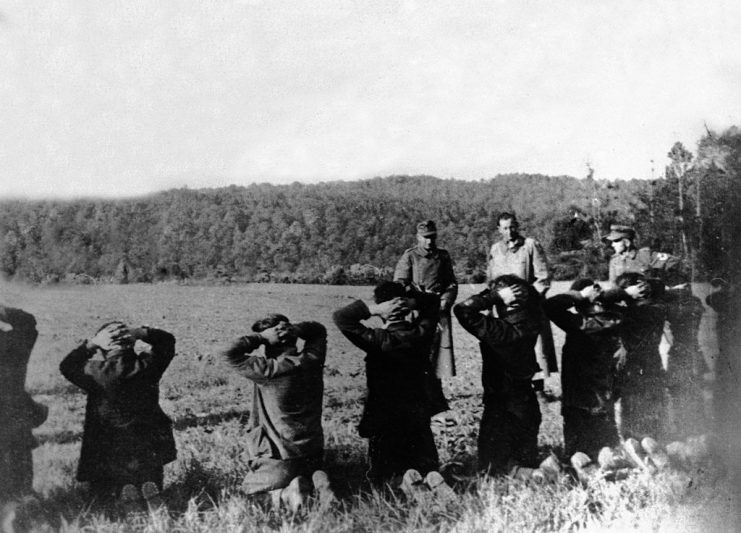
The French Resistance began with handfuls of French people working together in independent groups to fight off the Nazis. By 1943, many of the groups had joined together under de Gaulle. Over 100,000 Free French forces fought in Italy in 1943.
When the Allies invaded Normandy in June of 1944, the Free French had over 300,000 regular troops. In 1944, the French Resistance staged an insurrection and the Free French 2nd Armored division drove into Paris to signal France’s liberation.
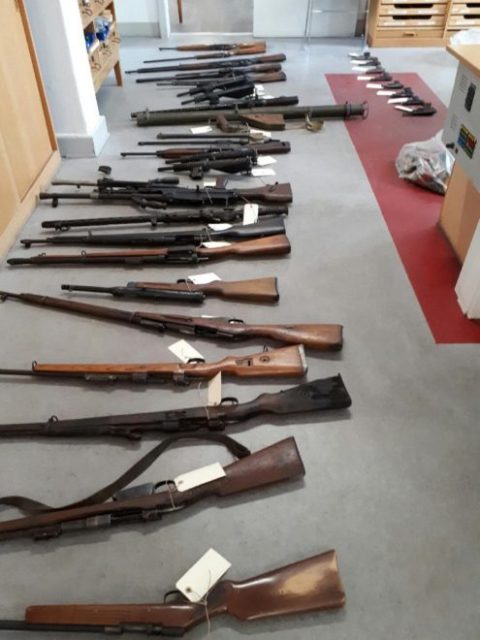
Many WWII-era weapons have been turning up in recent years. A gun amnesty period in Denmark recovered Sten submachine guns, an anti-tank rocket launcher, a Bren light machine gun and various bold-action rifles, including German Mausers.
A group in Latvia discovered a cache of buried items for German saboteurs. The cache included explosives, fuses, detonators and detonator wire, guns, grenades, magnetic mines and even explosives disguised to look like coal.
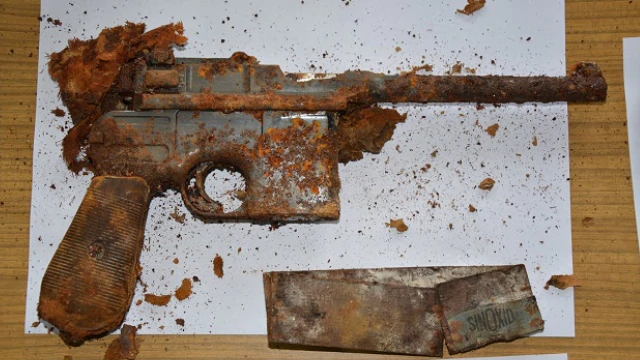
Someone in Wałbrzych, Poland, discovered a lockbox buried in his yard. The box contained a C96 Mauser “broomhandle” pistol and a box of .30 Mauser Automatic rounds of ammunition along with a box of primers. Wałbrzych had been known as Waldenburg when it was part of Germany.
Another Article From Us: What Happened to The Enola Gay After 1945
The Soviets took it over in 1945 and it became part of Poland. The Germans were evicted and Polish citizens moved in. The gun was likely left by a German owner before he left.
